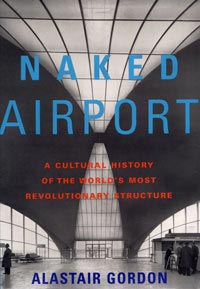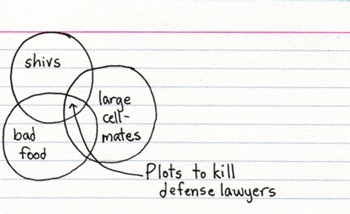I mentioned media diaries a day or so back. I've assigned projects like this to students in my mass media classes; they're probably useful in any course where you'd like students to understand the sheer volume of media they consume on a daily basis. As you can see from the assignment notes below, one challenge is in getting students to actually pay enough attention to this stream of messages. (Feel free to use the assignment in your classes. See CC license info at the end.)
24-Hour Media Diary
Nearly everyone in our culture is swamped with media. Billboards, TV shows, magazines, flyers on bulletin boards in hallways, logos on T-shirts, videogames, websites, textbooks, PowerPoint presentations, and more.
At some point during the next week, I'd like you to keep a media diary for a single, 24-hour period. In that diary, you should note as many of the media messages you receive, with entries for the media type, timeframe, and content. After you've completed the diary, you should write a 1,000-word analysis and reflection on your experiences using theories and research we've discussed in the course.
Media Diary Format: You'll need to carry a small notebook with you during the day. Sketch out vertical columns in the diary so that you can make entries for time start, time end, media type, and media description. You don't need to be obsessive about the entries—if you listen to Internet Radio for forty minutes, you can just list the radio station/genre you listened to, not every song. If you pass a bulletin board with twenty fliers from campus groups on it, you don't need to specify each one. You should keep the diary on an "average" day for you—when you're out in society—not when you're camping deep in Adirondacks. I'll have a hard time believing that you don't see/hear at least a few hundred media messages a day, if you're an average US university student, so your diary needs to include at least a minimum of 40 entries. If you surpass 60, you can stop for the day (I would think you could get more, but by then, you should have gotten the point of this assignment).
You'll need to pause at least every 30-60 minutes or so to make entries in the diary. (I don't expect you to hold the notebook on your steering wheel to write down ads on the sides of city buses you pass, but don't wait until the end of the day to try to remember everything you saw.)
Analysis: A day or so after you finish your diary, read back through your diary and reflect on your experiences. What sorts of messages did you actually pay much attention to? What messages had some sort of effect on you, interested you, or amused you? Did the messages seem directed to you, or to someone else? Also, spend some time trying to connect your experiences up with our course content. Do the different theories we've discussed in class seem to explain or predict what you experienced? Why or why not?

This work is licensed under a
Creative Commons Attribution-Noncommercial-Share Alike 2.5 License.


















